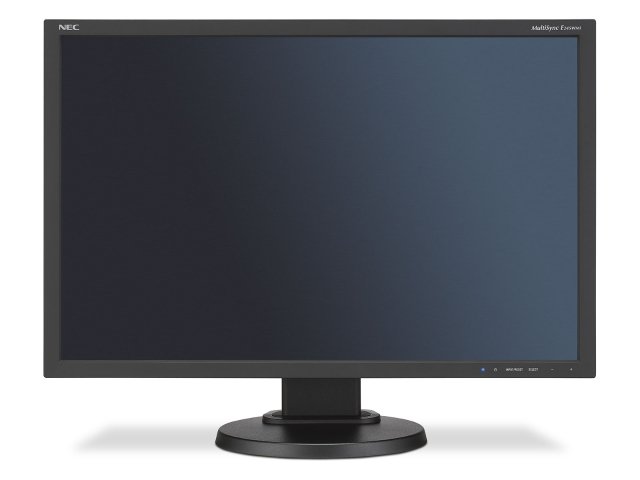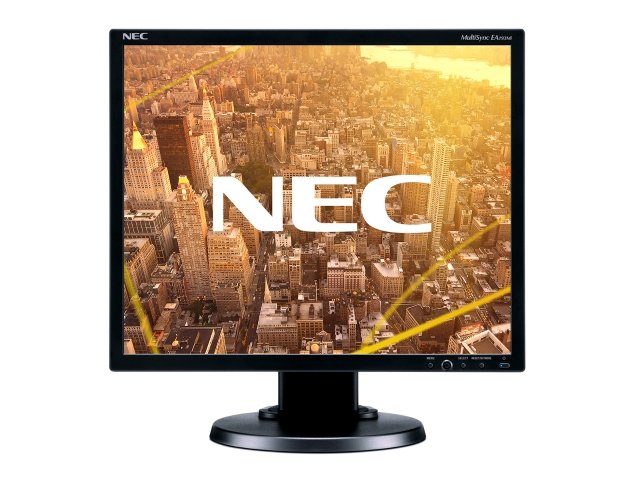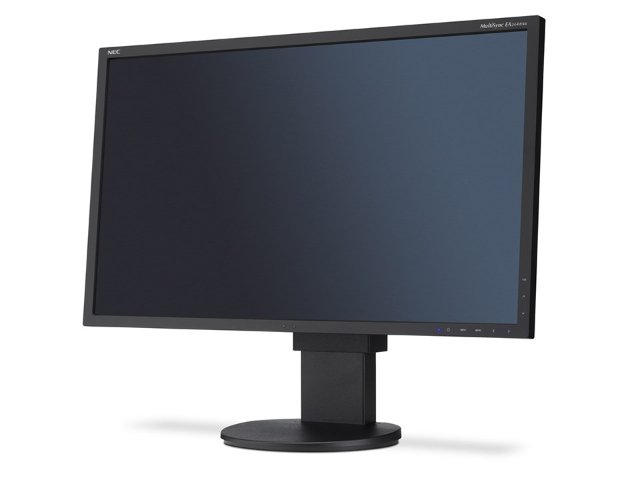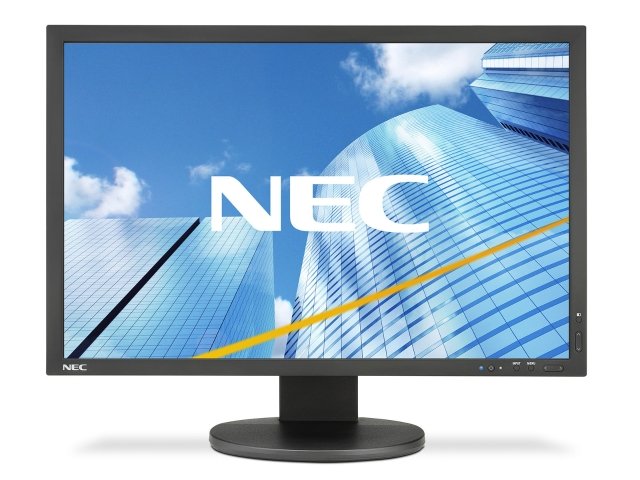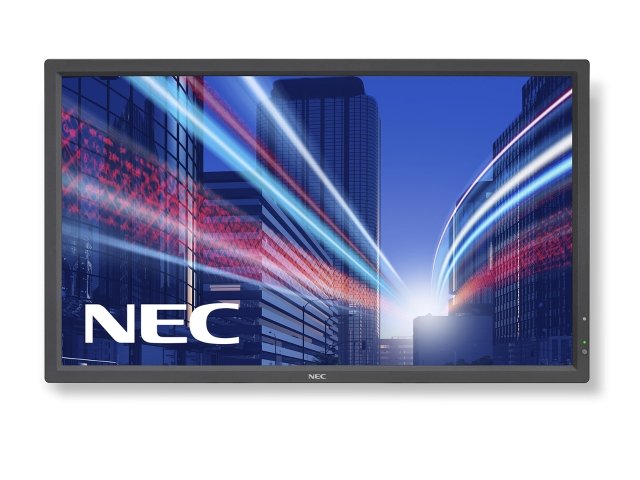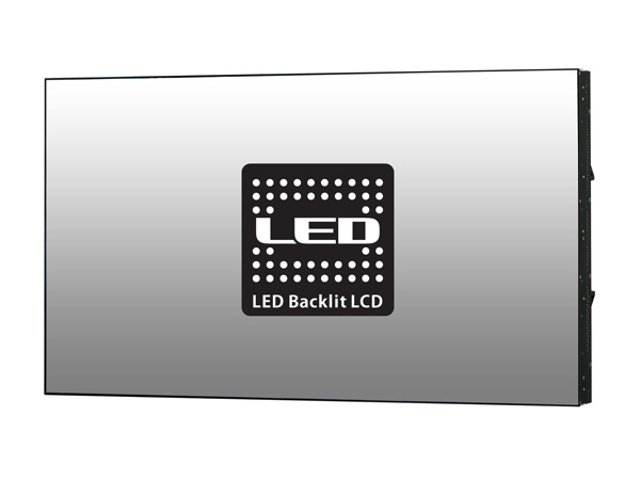NEC Display Solutions Customer Installation Transport
Heathrow Airport
Improving passenger satisfaction whilst reducing costs
Airports are constantly challenged to offer an efficient proposition to its passengers, minimising confusion or anxiety during the travelling experience, whilst remaining profitable and attractive. NEC’s display innovation helps ensure airports are one step ahead of travellers’ needs as demonstrated by a recent upgrade at Heathrow Airport.
Millions of passengers pass through Heathrow Airport every year on their way to more than 180 destinations across the globe. With two runways and four terminals serving 80 airlines, Heathrow is Europe’s largest hub airport and also the sixth largest airport in the world based on passenger numbers.
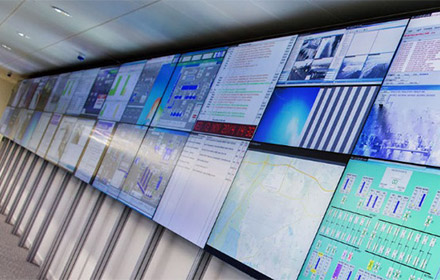
The Challenge
With an average of around 200,000 passengers arriving and departing every day, the airport must ensure every customer is kept informed about their flights. Ageing public flight information and digital advertising displays were impacting customer satisfaction, which can result in financial penalties for the airport. With the displays in Terminals 3, 4 and 5 approaching end of life, issues with quality were becoming more frequent.
To ensure it remains a preferred airport for passengers and airlines, Heathrow is continuously working at improving service standards. As Bhupinder Kahlon, Infrastructure Architect for the IT Service Delivery team at Heathrow Airport Holdings, explains: “We are investing in modern airport facilities and systems to ensure we provide the best passenger experience. Public flight information displays are a key element of the passenger experience, if customer satisfaction with these displays dips below a certain threshold, we have to pay compensation to the airlines.”
In order to improve the operational efficiency of Europe’s busiest airport which is run at 98% capacity, Heathrow also needed to provide a new centralised facility that allowed multiple stakeholders to visualise and share operational data. This would be used in conjunction with mobile information displays deployed in-terminal, to more efficiently manage disruptions at the airport.
In addition to the public flight information displays, Heathrow identified the need to refresh their small form factor digital media displays. “The digital advertising displays help to bring in revenue from advertisers. If the quality isn’t up to scratch, then they won’t advertise,” continued Bhupinder.
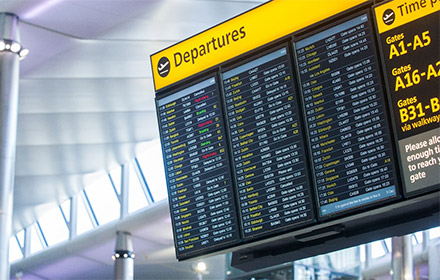 The Solution
The Solution
Following a successful deployment in 2014 of over 1,000 flight information displays and 150 digital advertising displays in Heathrow’s new terminal 2, the airport again partnered with NEC to upgrade more than 1,500 public flight information and a further 300 digital advertising displays across Terminals 3, 4 and 5.
Following a comprehensive tendering process, NEC was selected as the preferred display partner outperforming all technical and environmental criteria; “as part of our commitment to reducing environmental impacts, we wanted to install displays with a lower carbon and energy footprint,” says Bhupinder.
Heathrow sourced a range of NEC display sizes, including 32-inch, 40-inch, 55-inch and 70-inch displays to fulfil the need for both the public flight information and digital advertising displays. The NEC large format displays have an NEC OPS slot-in embedded PC and feature a more recent Windows operating system than the previous devices, which simplifies ongoing support. Each OPS PC is pre-loaded with Heathrow’s image and inserted inside the display in NEC’s own configuration centre before being shipped to Heathrow’s installation partner Computacenter.
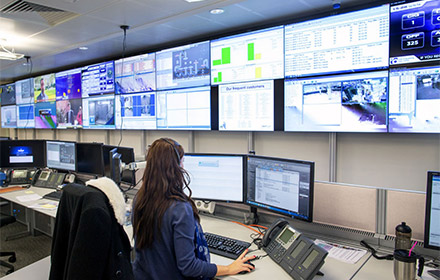 “Imaging the devices in advance helps to streamline the deployment process and ensures the displays are functioning correctly before they are delivered to site. The displays have to be deployed during a very short overnight window to minimise disruption to airport operations,” explains Bhupinder.
“Imaging the devices in advance helps to streamline the deployment process and ensures the displays are functioning correctly before they are delivered to site. The displays have to be deployed during a very short overnight window to minimise disruption to airport operations,” explains Bhupinder.
“Providing long term reliability, low energy usage and consistent image quality are at the heart of our display system product development” states Richard Wilks, NEC’s Aviation Business Development Manager. ”Only displays with 700cd/m2 backlight engines, an automated thermal management system and OPS slot-in industrial PCs based on Intel embedded processors, can deliver uninterrupted information display in ultimate clarity even in the high ambient lighting conditions of an airport environment”.
In 2014, Heathrow opened the doors to its new Airport Operations Centre (APOC), a facility that supports frontline operational teams and oversees the Airport Operations Plan (AOP). The APOC concept is based on development activities performed within the Single European Sky ATM Research (SESAR) Program for Research and Innovation, which has a goal of bringing together the operational planning, monitoring and oversight of an airport in one place. The new APOC features over 60 NEC ultranarrow bezel 55” video wall modules, colour calibrated and connected to form a single video wall spanning three walls of the centre. Personnel from airlines, NATS, Border Force, the Metropolitan Police and the Highways Agency view data on their NEC EA Series desktop displays and then can share key data onto the video wall, in order to make informed decisions.
To supplement the operational readiness that the APOC provided, NEC worked with Heathrow’s in-house innovation team, and manufacturer Parity Aviation, to design new Mobile Display Units (MDU) that have now been deployed throughout Terminal 5. The MDU’s purpose is to provide live up-to-date information to passengers during peak times announcing any disruption to service, at any time and any place within the terminal. The MDUs have a permanent look but are easily moveable and connect to the airport’s central management system by Wi-Fi. The MDUs multipurpose display is battery powered allowing up to 35 hours of operational use before charging is required.
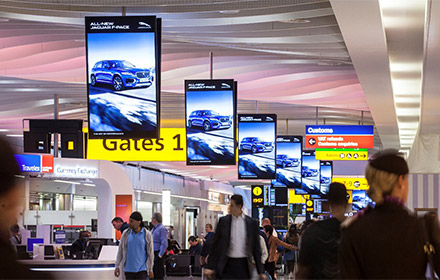 The Result
The Result
The investment in new display systems for flight information, digital advertising, operational data visualisation and mobile passenger communication has had significant benefits for passengers and Heathrow operational staff alike, as well as a benefit to Heathrow’s operational costs, as key Heathrow personnel explain below.
The new flight information displays help Heathrow provide a consistent passenger experience across its terminals. As Bhupinder confirms: “The clarity of the information and the quality of the displays is now the same, which means passengers are always informed about their journey as well as the shopping opportunities at the airport.”
In modernising its public flight information and digital advertising displays, customer satisfaction ratings have increased, which means it no longer has to pay compensation to the airlines. The new displays consume less power, which will help reduce operational expenditure, and have a longer life expectancy. Being energy efficient and reliable greatly improves cost control and reduces the risk of passenger disruption.
“The new displays are viewed by more than 74 million people every year at Heathrow. By working with NEC, we were able to maximise and future proof our investment in the new displays, and minimise the risks to airport operations,” concludes Bhupinder.
Chris Crauford, Head of Digital Media at Heathrow Airport concurs “The recent refresh of all our small format digital media displays has not only helped protect a crucial part of our media income but grow it too. The quality and sharpness makes the content jump out at you and this is precisely what brands are looking for”.
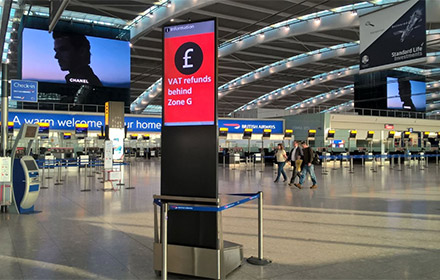 The APOC will see the complete Heathrow picture, seeking to avert problems before they happen, and managing airport performance in a collaborative way. With multiple stakeholders contributing to the decisionmaking decisionmaking process, APOC produces results that are best for the airport as a whole. Instead of islands of potentially conflicting decision-making, there’s one over-arching process that balances the business priorities and strategies of all airport stakeholders.
The APOC will see the complete Heathrow picture, seeking to avert problems before they happen, and managing airport performance in a collaborative way. With multiple stakeholders contributing to the decisionmaking decisionmaking process, APOC produces results that are best for the airport as a whole. Instead of islands of potentially conflicting decision-making, there’s one over-arching process that balances the business priorities and strategies of all airport stakeholders.
Stephen Garner, Passenger Services Manager for Departures in Terminal 5, said: “We know that our passengers have a better journey when they have all the information they need about the airport and their flight. The new MDUs are perfect for providing quick, up to date information and support to a large number of passengers, particularly when time is of the essence and situations change rapidly. We hope passengers will find them useful during their journey.”
“For tens of millions of people each year, Heathrow is their first impression of the UK, which is why it is so important it’s a positive one. NEC’s P Series displays produce high quality images 24 hours a day, 365 days a year, ensuring that Heathrow continues to deliver a high level of passenger experience”, Wilks concluded.



